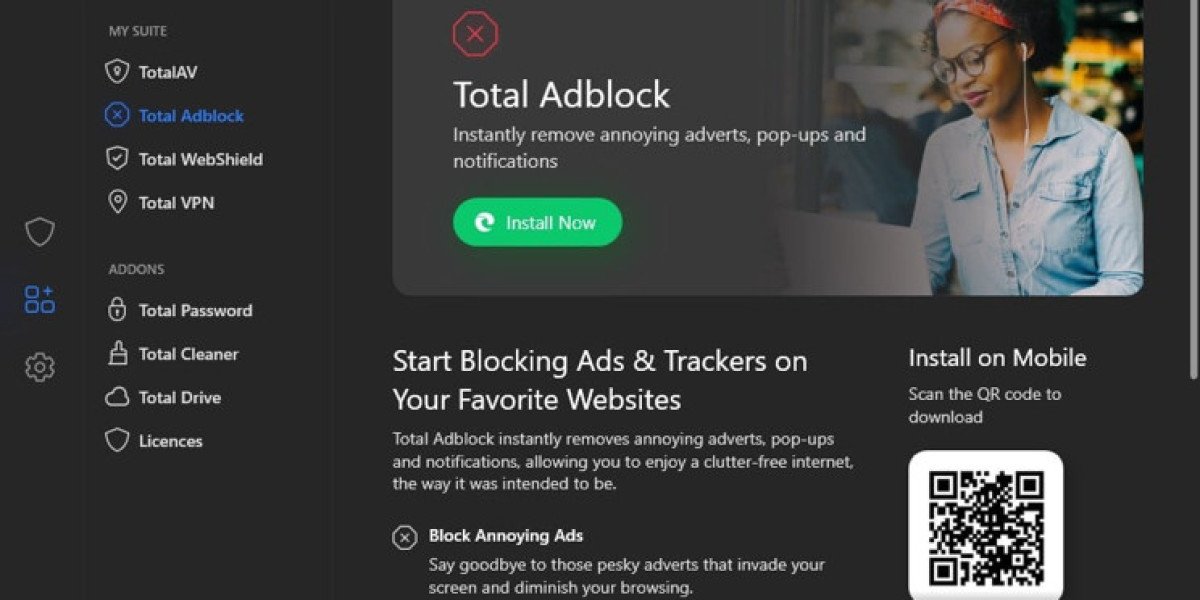Dianabol Cycle For Perfect Results: The Preferred Steroid Of Titans
**A quick recap of the key points from your article**
| What we covered | Why it matters | How to act |
|-----------------|----------------|------------|
| **Mental‑health in the workplace** | Poor mental health costs $1 trillion worldwide each year (UN). It’s a top reason for absenteeism, low productivity and high staff turnover. | Recognise that supporting employees isn’t optional – it’s essential for business success. |
| **Common signs of distress** | Fatigue, irritability, lack of focus, increased lateness or errors, reduced engagement. | Train managers to spot these early warning signs and have a simple "check‑in" script ready. |
| **Root causes** | Workload overload, unclear roles, lack of control, poor communication, and social isolation (especially post‑pandemic). | Conduct a quick survey or pulse check to gauge workload, clarity of expectations, and team cohesion. |
| **Impact on performance** | Decreased productivity by up to 30%, higher error rates, absenteeism spikes, turnover costs. | Map out cost of lost workdays versus potential ROI of preventive measures (e.g., flexible hours). |
| **Evidence‑based solutions** | • Flexible scheduling & compressed weeks
• Clear role definition & autonomy grants
• Regular check‑ins & open communication channels
• Peer support groups & mental health resources | Reference meta‑analysis on workplace flexibility and productivity; cite HR studies on autonomy and engagement. |
---
## 2. Practical Plan to Improve Employee Engagement (30‑Day Timeline)
| Week | Goal | Key Actions | Owner | KPI |
|------|------|-------------|-------|-----|
| **1** | Set baseline & communicate intent | • Distribute short pulse survey
• Hold town‑hall explaining engagement plan and benefits
• Assign "Engagement Champion" per department | HR Lead, Dept. Heads | Survey response >70% |
| **2** | Increase autonomy & clear expectations | • Review role descriptions; remove redundant approvals
• Introduce "Decision Matrix" for each task
• Schedule one‑on‑one to clarify objectives | Managers, Process Owners | % of tasks with autonomous decision threshold ≥80% |
| **3** | Foster collaboration & knowledge sharing | • Launch internal wiki (wiki.ourcompany.com)
• Host weekly "Show & Tell" sessions for project updates
• Incentivize cross‑team pair programming | IT Ops, Engineering | Wiki page edits per user >5/week |
| **4** | Reinforce recognition & continuous improvement | • Implement peer‑to‑peer kudos board (digital and physical)
• Run "Lessons Learned" retrospective after each sprint
• Offer skill‑development credits for new tool adoption | HR, Leadership | Average kudos per employee >1/month; % of employees receiving kudos >70% |
| **5** | Evaluate impact & iterate | • Compare pre‑vs. post‑project productivity metrics (story points completed, cycle time)
• Conduct pulse surveys to gauge perceived autonomy and learning
• Adjust tool stack or workflows based on data | Product Owner, Scrum Master | Target: 15% increase in velocity; 10% improvement in survey scores |
---
### How the Plan Meets the Goals
| Goal | How It’s Achieved |
|------|------------------|
| **Use modern tools** | Adopt GitHub Actions for CI/CD, Terraform/Ansible for infrastructure, VS Code with extensions for DevOps. |
| **Automate repetitive tasks** | Scripts to set up Docker images, run unit/integration tests; use templates for PR checks. |
| **Learn by doing** | Every new feature involves writing a pipeline step or a Terraform module; documentation is generated from code comments. |
| **Build confidence** | Incremental CI/CD ensures that each commit passes automated tests; frequent merges give quick feedback loops. |
| **Stay organized** | Use GitHub Projects, issues for tasks, and labels to track automation status. |
---
### 4️⃣ Quick‑start checklist
| Step | What to do | Tool/Command |
|------|------------|--------------|
| 1 | Create a new repo or fork the starter template | `git clone https://github.com/user/template.git` |
| 2 | Add your own project files | `touch src/main.js` |
| 3 | Write tests (unit, integration) | `npm test` |
| 4 | Set up CI workflow (`.github/workflows/ci.yml`) | GitHub Actions |
| 5 | Configure linting/formatting | `.eslintrc`, https://qr.nub-1.com/janellloxton80 `prettier.config.js` |
| 6 | Commit and push | `git push origin main` |
| 7 | Verify build passes on PRs | Open a pull request |
---
## 3. How to Use the Template
### 1. Fork or Clone
```bash
git clone https://github.com/your-org/template-repo.git my-project
cd my-project
```
### 2. Update Metadata
- **`package.json`** – set project name, version, description.
- **`README.md`** – replace placeholders with your project details.
- **`.gitignore`** – add any additional patterns.
### 3. Install Dependencies
```bash
npm install # or yarn install
```
### 4. Run the Application
```bash
npm start # starts dev server (React)
# or
npm run build # builds production assets
```
### 5. Lint & Format Code
```bash
npm run lint
npm run format
```
### 6. Commit and Push
After you’ve verified everything works, commit your changes:
```bash
git add .
git commit -m "Initial project setup"
git push origin
```
---
## Frequently Asked Questions
| Question | Answer |
|----------|--------|
| **What if I’m not a developer?** | You can still create UI mockups or designs using tools like Figma, Sketch, or Adobe XD. If you want to build an interactive prototype later, consider learning basic HTML/CSS/JS or collaborating with a front‑end dev. |
| **How do I handle CSS frameworks?** | TailwindCSS is used in the repo. You can add custom styles via `@apply` directives or create utility classes in your own files (`src/styles`). |
| **What if I want to use Bootstrap instead of Tailwind?** | Replace Tailwind dependencies with Bootstrap, update class names accordingly, and adjust components to match Bootstrap’s grid system. |
| **How do I add dark mode?** | Tailwind supports `dark:` variants. Define a `.dark` theme in your CSS or toggle a `data-theme="dark"` attribute on `` and use `data-theme=dark .class { ... }`. |
---
## 7️⃣ Quick Reference Cheat‑Sheet
| Task | Command / Code |
|------|----------------|
| **Create component** | `src/app/components/your-component/your-component.component.ts` |
| **Add to module** | `declarations: YourComponent` |
| **Import Angular Material button** | `import MatButtonModule from '@angular/material/button';` |
| **Use Flex Layout** | `
| **Set CSS variable** | `--primary-color: #1976d2;` |
| **Apply variable** | `color: var(--primary-color);` |
| **Responsive media query** | `@media (max-width: 600px) { … }` |
---
#### 4. Quick‑Start Checklist
1. **Generate components/services** – use Angular CLI (`ng generate component ...`, `ng generate service ...`).
2. **Add third‑party libs** – run `npm i @angular/material @angular/cdk angular-in-memory-web-api`.
3. **Import modules** – add to your `AppModule` (or feature module).
4. **Set up mock data** – create a `MockDataService` that implements `InMemoryDbService`.
5. **Inject HttpClient** – use it in services for CRUD; intercept with the mock backend.
6. **Style globally** – add SCSS variables, mixins, and reset styles.
---
## 3. Recommended Project Structure
```
src/
├─ app/
│ ├─ core/ // Singleton services (AuthService, ApiService)
│ ├─ shared/ // Reusable components/directives/pipes
│ ├─ modules/
│ │ └─ feature1/ // Feature‑specific module + routing
│ ├─ pages/ // Page‑level containers (home, about, etc.)
│ ├─ app-routing.module.ts
│ └─ app.component.ts,html
├─ assets/
│ ├─ images/
│ └─ styles/
│ ├─ _variables.scss // SCSS variables
│ └─ main.scss // Import variables & global mixins
├─ environments/
│ ├─ environment.prod.ts
│ └─ environment.ts
├─ index.html
└─ polyfills.ts
```
- **`app-routing.module.ts`** defines top‑level routes (e.g., `path: ''` for home, `path: 'about'`, etc.).
- SCSS files reside in `assets/styles`. The main SCSS file imports variables and mixins globally.
### 3.3 Integrating the New Theme
1. **Copy the new theme’s component code** into an appropriate directory (e.g., `src/app/components/theme-new/`).
2. **Add a route** pointing to this component in `app-routing.module.ts`:
```ts
import NewThemeComponent from './components/theme-new/new-theme.component';
const routes: Routes =
// ... other routes ...
path: 'new-theme', component: NewThemeComponent ,
;
```
3. **Update navigation** (if any) to include a link to the new route.
4. **Adjust stylesheets**:
- If the theme uses its own CSS, ensure it is imported or bundled appropriately.
- Verify that global CSS does not conflict.
5. **Run the application** (`npm start`) and verify that the theme renders correctly.
---
### 2.3 Handling CSS Conflicts
If multiple themes share global styles (e.g., color palettes), consider:
- Using CSS variables (custom properties) to define colors per theme.
- Creating a `theme` module that exports variables for each theme, and updating components accordingly.
- For libraries that don't support theming, override classes selectively.
---
### 2.4 Adding a New Theme
1. Create the new theme component in `src/themes/`.
2. Register it via an import in `App.jsx`.
3. Add an entry to the navigation menu or a dedicated route.
4. Ensure any global styles (e.g., color variables) are defined.
---
### 2.5 Common Pitfalls
- **Overriding Global Styles**: If you change a library's style globally, it might affect other components inadvertently.
- **Missing Dependencies**: Some themes rely on external libraries; ensure they’re installed via `npm` or Yarn.
- **Responsive Design Issues**: Verify that the new theme renders correctly across device sizes.
---
## 3. Technical Implementation Notes
### 3.1 React Component Structure
Each theme is implemented as a functional component using hooks where necessary (e.g., `useState`, `useEffect`). The main container applies specific CSS classes to isolate styles.
```jsx
import React, useState from 'react';
import './ThemeX.css';
export const ThemeX = () =>
const count, setCount = useState(0);
return (
/* ... UI elements */
);
;
```
### 3.2 Styling
- **Scoped CSS**: Each component imports its own stylesheet to prevent leaking styles.
- **CSS Modules or SASS**: Variables for colors, spacing are defined centrally (`_variables.scss`).
- **Responsive Design**: Flexbox/Grid used; media queries handle mobile widths.
Example SCSS:
```scss
.theme-x-container
background-color: $bg-primary;
padding: rem(16);
.title
color: $text-heading;
font-size: rem(24);
```
### 3.3 Accessibility
- Semantic HTML (`








